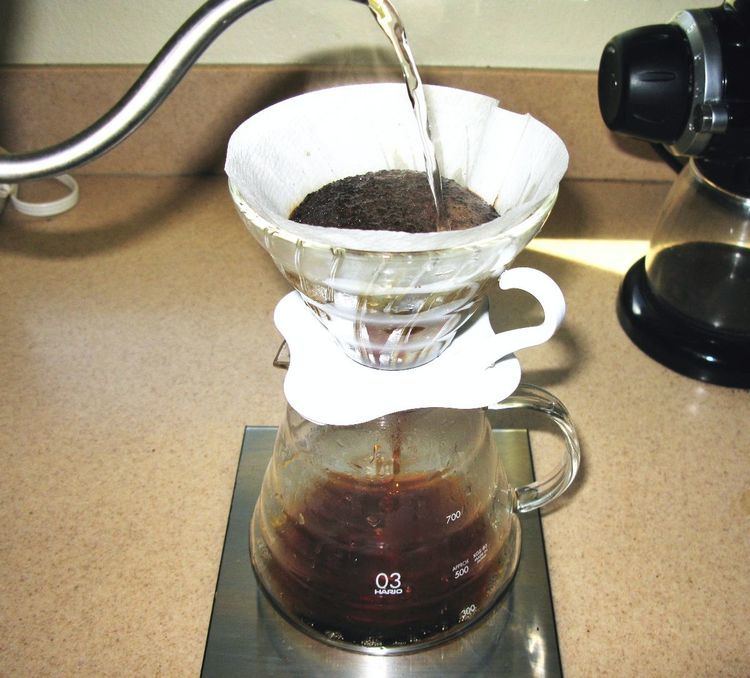 | ||
In physics, chemistry and materials science, percolation (from Latin percōlāre, "to filter" or "trickle through") refers to the movement and filtering of fluids through porous materials.
Contents
Background
During the last decades, percolation theory, an extensive mathematical studies model of percolation, has brought new understanding and techniques to a broad range of topics in physics, materials science, complex networks, epidemiology, and other fields. For example, in geology, percolation refers to filtration of water through soil and permeable rocks. The water flows to recharge the groundwater in the water table and aquifers. In places where infiltration basins or septic drain fields are planned to dispose of substantial amounts of water, a percolation test is needed beforehand to determine whether the intended structure is likely to succeed or fail.
Percolation typically exhibits universality. Statistical physics concepts such as scaling theory, renormalization, phase transition, critical phenomena and fractals are used to characterize percolation properties. Combinatorics is commonly employed to study percolation thresholds.
Due to the complexity involved in obtaining exact results from analytical models of percolation, computer simulations are typically used. The current fastest algorithm for percolation was published in 2000 by Mark Newman and Robert Ziff.
